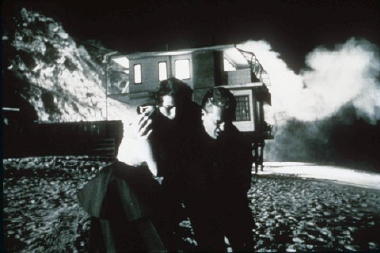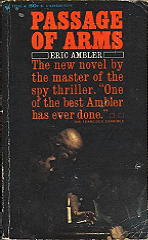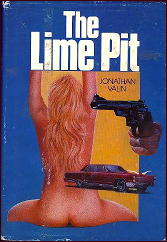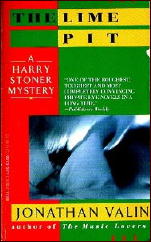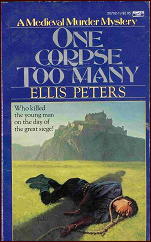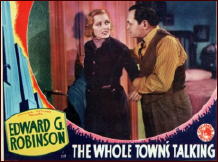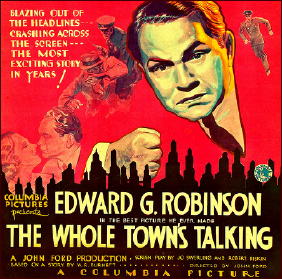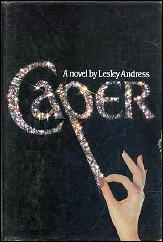Sat 8 Jun 2013
A Movie Review by Dan Stumpf: KISS ME DEADLY (1955).
Posted by Steve under Crime Films , Reviews[6] Comments

KISS ME DEADLY. United Artists, 1955. Ralph Meeker as Mike Hammer, Albert Dekker as Dr. G.E. Soberin, Paul Stewart as Carl Evello, Juano Hernandez as Eddie Yeager, Wesley Addy as Lt. Pat Murphy, Marian Carr as Friday, Maxine Cooper as Velda, Cloris Leachman as Christina Bailey. Screenwriter: A. I. Bezzerides, based on the novel by Mickey Spillane. Director: Robert Aldrich.
Robert Aldrich’s classic 1955 film noir Kiss Me Deadly came out on video recently with the original ending — truncated for Television ever since it fell off the Big Screen and landed in Tube-Land — restored for the first time in 40 years, and it set a lot of B-movie critics to re-writing their ideas about just what the film`s creators — director Aldrich and writer A. I. Bezzerides — had in mind.
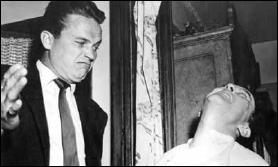
Kiss Me Deadly always was a subversive little film, full of stylish violence and sexual innuendo, unfolding a plot more hinted-at than explained, where “thieves and murderers fashion the tools of their own destruction,” with a hero (like Hammer, played with brilliant egotism by Ralph Meeker) callous and self-centered rather than heroic.
And for years critics watched this film on television and saw an ambiguous ending (WARNING!!) where Mike and Velda run for the door to escape just as the house explodes. Did they make it? (END OF WARNING!) The uncertain resolution seemed to fit perfectly with the moral anarchy of the film, several critics who saw the movie only on television praised Aldrich`s underhand genius; Just imagine, they said, Sneaking an ending like that onto a mainstream film like this.

Turns out, though, that as originally released, Kiss Me Deadly ended (WARNING!) with Mike and Velda clearly escaping — wading through the surf and looking back to see the villains of iniquity get vaporized. (END OF WARNING!) The few seconds extra footage that showed this (along with some shots of a torch singer in a nightclub handling her microphone a bit -ah- suggestively) were scrapped to make room for extra commercials when the film was sold to television, not restored till now.
So for years, critics, general audiences, and mystery fans have been evaluating this movie and its creator — both of them — plenty subversive enough anyway — based on how they thought Kiss Me Deadly was filmed. And a movie that ends (WARNING!) with its thuggish hero battling through to survival is substantially different from one that seems to end with him possibly destroyed by his own lack of brains. (END OF WARNING)
Which is what we mean, I guess, when we say “Trust the Tale, not the Teller.” Or something like that. Myself, I kind of like the truncated ending a little better, even if it was accidental. It seems to fit more with the overall mood of the piece. Trust the tale…
